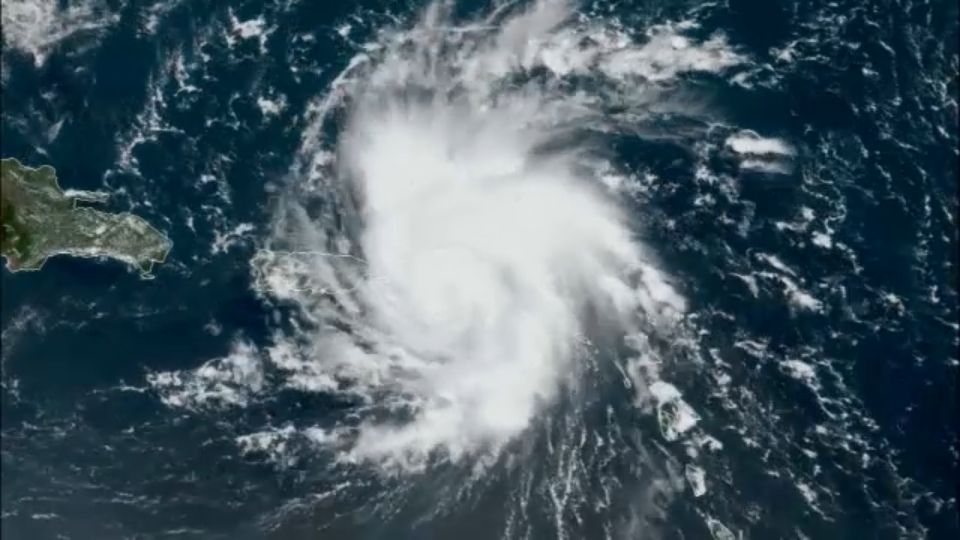TAMPA, Fla. — How can there be frost if my thermometer reads above freezing? Frost can form only if the temperature of the air, or the temperature of a surface, is 32 degrees or lower.
Temperature gauges are usually at about 5 to 6 feet above the ground level. But on clear, calm and chilly nights/mornings, temperatures right near the ground will likely be slightly lower than at 5 to 6 feet above.
Frost does not fall from the sky. Frost often forms on the grass, plants, windshields and shingles.
But the other factor in frost forming has to do with the dew point. If the dew point is too low, then there is not enough moisture in the air for frost to form. If the dew point is above freezing, then the temperature cannot drop to freezing. So nothing freezes.
So other than clear skies, calm winds and cold air, there must be dew points at the freezing mark, or not far below.
Frost will form when the temperature drops to the dew point with these conditions in place. Frost forms when the moisture or water vapor in the air changes from a gas to ice. This process is called “deposition”. When the frost disappears and becomes gas again, it is called “sublimation”.








